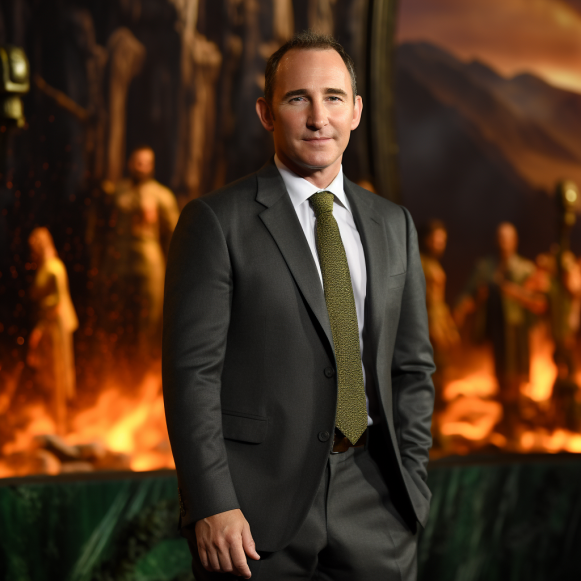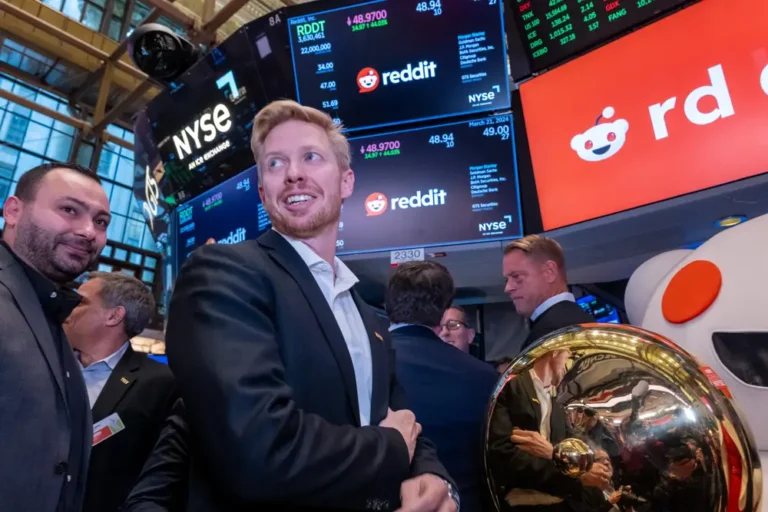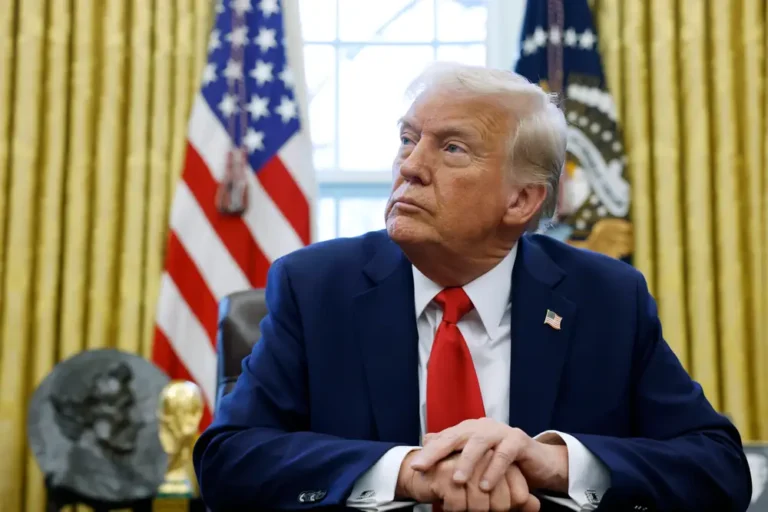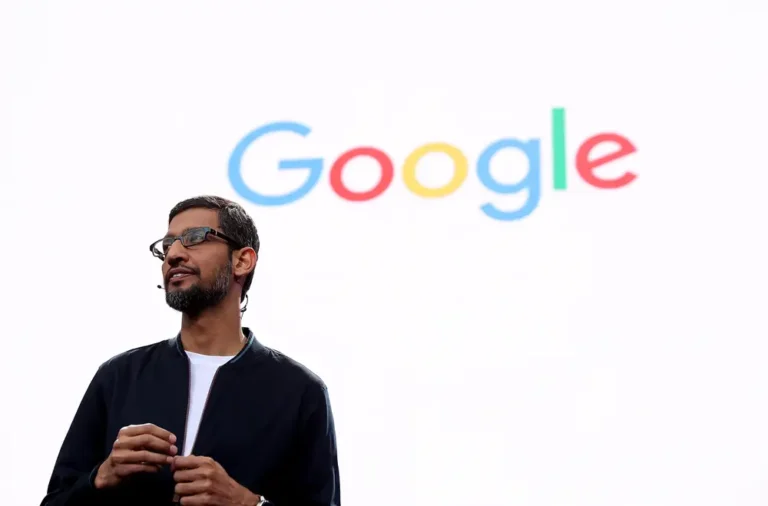Amazon considers new subscription plans for its healthcare and grocery services, and a potential One Medical integration with Prime

- Amazon is considering new standalone subscription programs in grocery and healthcare.
- It’s also thinking about adding One Medical’s primary care service to the Prime membership program.
- Amazon Prime has seen growth slow in the US, according to some estimates.
Amazon is considering new subscription programs in grocery and healthcare, which could give its Prime membership program a boost.
According to people familiar with the matter, the proposals include new standalone membership programs for Amazon’s grocery and healthcare offerings, as well as a possible integration of One Medical’s primary care service with Prime.
One of the suggestions is to offer One Medical’s services at a discounted rate to existing Prime members.
According to the people, the company hopes to launch the new services by the end of this year, but those plans could change or be canceled. They requested anonymity when discussing private matters.
One of the people said that the new subscriptions are a hotly debated topic within the company. Adding new healthcare or grocery benefits to the existing Prime program would almost certainly raise the membership fee, making it unaffordable for some users. However, launching too many standalone subscription programs may dilute the Prime brand, which has recently seen growth slow.
According to one of the sources, Amazon is struggling to attract younger customers and low-income households to its Prime membership program. The majority of upper-income households in the United States are already Prime members.
Amazon’s spokesperson declined to comment on the specifics of this story in an email to Insider. However, the spokesperson added that Prime membership continues to grow year after year, and that participation in Prime Access, a discounted membership for qualifying government assistance recipients, increased by more than 390% between 2019 and 2022.
Amazon Prime, which increased its annual fee to $139 in the United States last year, provides a variety of benefits, including free shipping and access to video streaming content. Amazon’s health division includes, among other things, an online prescription service and on-demand virtual care. Amazon paid $3.9 billion for One Medical in 2022 and $13.7 billion for Whole Foods in 2017.
The changes could hasten Prime’s growth. The subscription program has over 200 million members worldwide and is an important part of Amazon’s business because Prime members buy more frequently and spend more on the company’s e-commerce site.
In the most recent quarter, Amazon’s subscription revenue increased 13.5% to $9.89 billion. That was a slight improvement over the 10.1% growth rate in the same period last year, but it was a significant decrease from growth rates of more than 30% in previous years. Amazon also offers separate subscriptions for video and music streaming, as well as its Audible audiobook service, in addition to Prime.
Amazon has also spent a lot of money on video streaming content, such as The Rings of Power and Thursday Night Football, in order to attract new Prime members. TNF has performed admirably thus far. Rings of Power, on the other hand.
Earlier this year, Amazon began charging for grocery orders under $150. Prime members previously received free grocery delivery on orders over $35.






